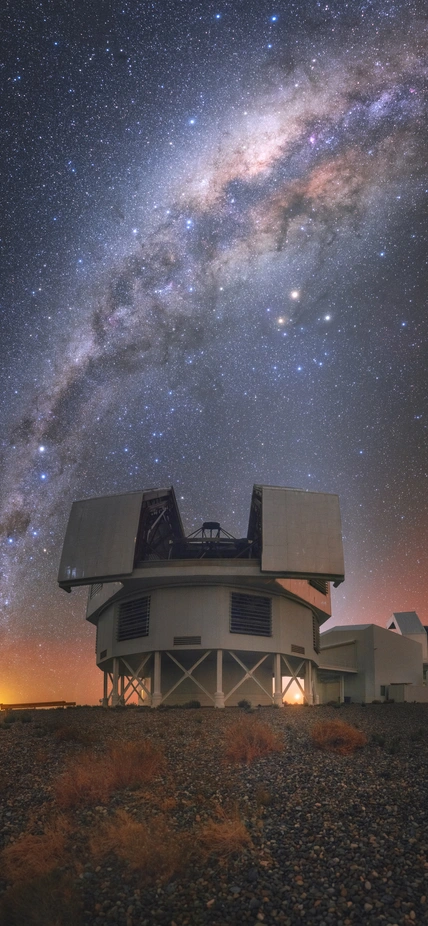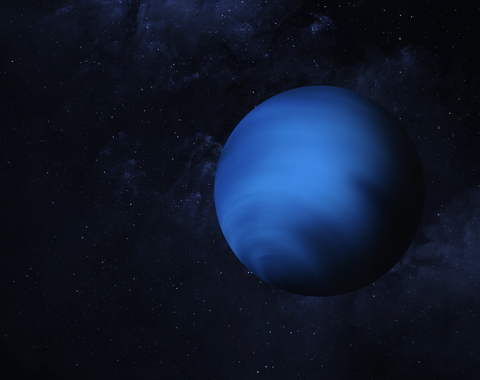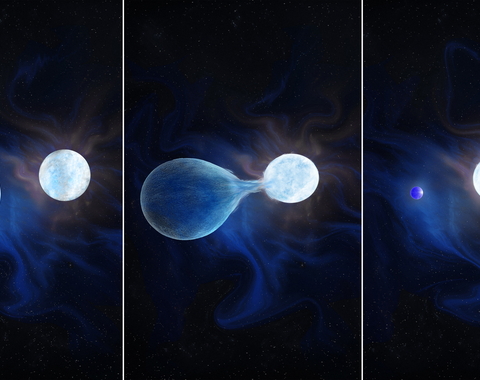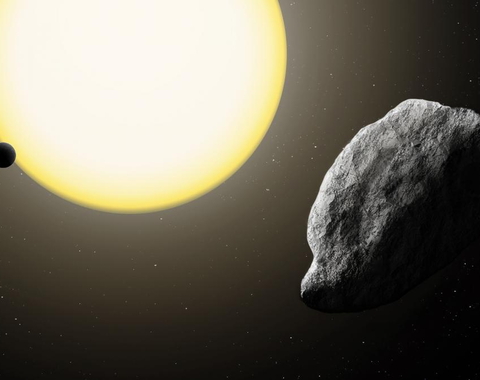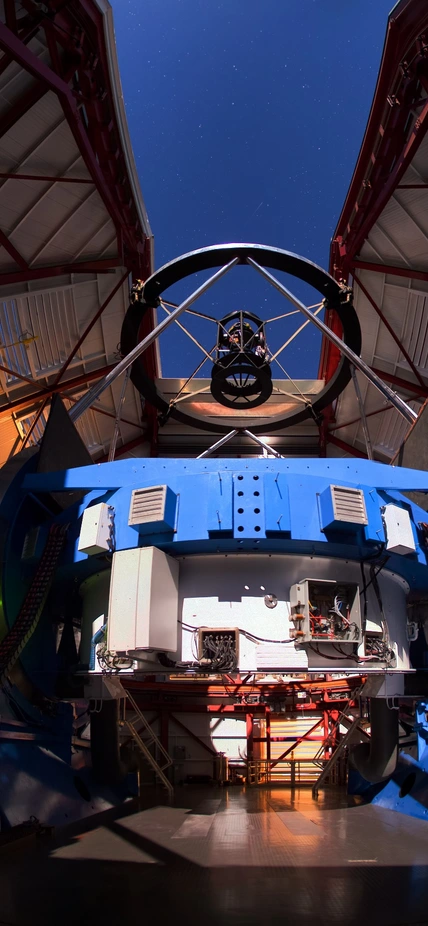Overview
Large telescopes are custom-built and rare. There is no standard practice or model. Every time a large telescope is built, its designers must re-think the challenges, check every application, and improve on what has been done before.
The 6.5-meter Baade and Clay telescopes were built by Carnegie at our Las Campanas Observatory in Chile on behalf of the Magellan Project, a collaborative effort by the Carnegie, the University of Arizona, Harvard University, University of Michigan, and MIT. The Magellan Consortium consists of more than 200 senior astronomers, 100 postdoctoral astronomers, and nearly 100 Ph.D. students. Each partner has its own scientific agenda for the telescopes and assigns its share of telescope usage.
The Magellan main mirrors are f/1.25 paraboloids and a radical departure from the nearly solid-glass mirrors of the past. Each is 21,000 pounds of borosilicate glass with a lightweight honeycomb structure inside. It took 6 months to build the mold for each mirror, 2 days to fill it with chunks of glass, 1 week to melt the glass and spin it into shape (in a specially designed rotating oven), and 3 months for the glass to cool. Each was then polished for 8 months while its surface was constantly tested for accuracy. Relative to their size, the main mirrors are about as thin as a dime.
The aluminum surface of each mirror is a mere four-millionths of an inch (0.1 micron) thick. Each also sits in a "cell" that peforms two important functions. First, the cell's thermal control systems prevent warping from thermal expansion and contraction. Second, the support systems in the cells maintain the mirrors in their proper shape, so there is no distortion or cracking. The actual shape of the mirror surface is controlled to within two-millionths of an inch (0.05 microns).
The telescopes float on a film of high-pressure oil on a 9-meter diameter circular track. To prevent slippage, the drive cylinders and drive surfaces are forced together with 10,000 pounds of pressure. Astronomical images are tracked to within 0.02 arcsecond in calm conditions. The telescopes themselves are so well-balanced and frictionless that a gentle push from a child can move all their 150 tons.
